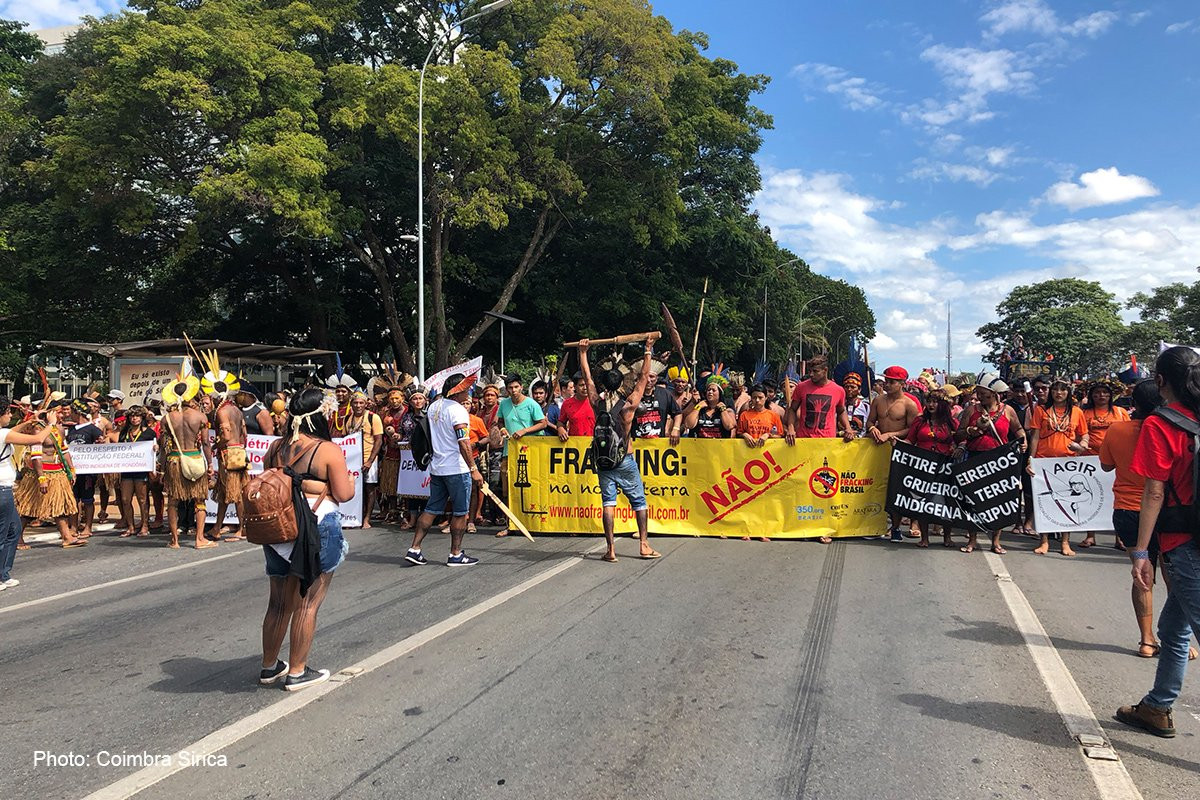Finding Hope in a Thicket of Bad News

The current news headlines couldn’t be more depressing—loud and harsh stories describing how the worst impacts of climate change, including Hurricane Michael, have arrived.
I have also watched, over the past few years, as researchers have connected the disenfranchisement of Indigenous Peoples and local communities from their traditional lands and forests—and the ensuing local conflicts—to the destruction of tropical forests, which our climate-weary planet can ill afford.
The story line is almost always terrible, and local governments are either absent or complicit. A massive hydro-electric power complex floods the forests of Indigenous communities in Brazil. An international palm oil company levels the forests of local communities in Liberia, triggering riots and upheaval. In the Philippines, federal officials place a UN official on a list of suspected terrorists for contesting the forced removal of Indigenous groups, to make way for coal mines and other economic development projects.
And yet, during this deluge of tragedy, I have seen a few reasons for optimism.
The most recent was hidden amongst all the big-ticket announcements made at the California Climate Summit in September: an agreement by 34 governors—local and mid-level leaders, mostly in tropical forested countries—pledging to work with Indigenous Peoples and local communities to conserve forests, and most important, pledging to respect Indigenous land rights.
This commitment offers hope to Indigenous Peoples, but it offers hope as well to the climate.
New research released on the eve of the summit quantified just how much carbon is held by the forestlands of Indigenous Peoples and local communities. Previous research has shown—repeatedly—that they are the best guardians of their forests.
Their lands have significantly lower rates of deforestation than any other category of land, including protected areas like national parks, and the difference is even greater where their ownership rights are recognized. And ending deforestation is critical to limiting the worst of climate change.
Additional research showed that the pace of rights recognition has slowed considerably over the past ten years and the few places that saw the most progress also saw the most violence against Indigenous and forest defenders.
If the new governors’ agreement is fully implemented, communities whose territories fall within these governors’ jurisdictions would have a valuable ally in fending off the industrial agriculture plantations, the strip mines, the mega-dams, and all other developments that would destroy their forests, their livelihoods, and way of life.
At the very least, this agreement means that these communities have one less entity looking to take their lands.
The next steps for this initiative are clear—expand the number of governors signing onto the agreement, and then work with these governments to make sure the agreed-to principles are implemented. Obvious benchmarks for success would be whether the next survey of Indigenous land rights recognition shows an increase in recognized ownership, or whether the next survey of violence against Indigenous and forest defenders shows fewer murders.
We will continue watching, of course. Climate change and the fate of the world’s forests hang in the balance—along with the prospects of communities that have always received the short end of the stick.